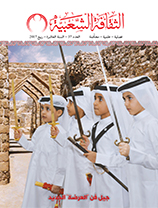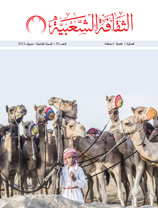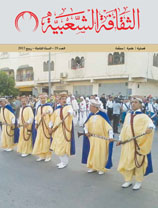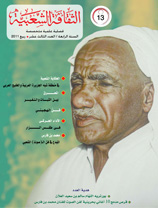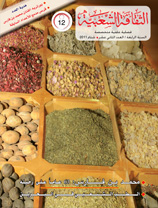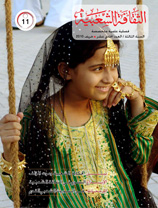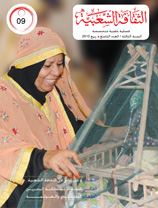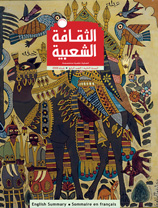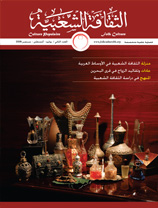Pearls and Shells in Arabic poetry
Issue 62

Dr. Ahmad Tammam Sulaiman
People have always been attracted to precious gemstones due to their beauty and scarcity. People are so enamoured with precious gems that they have named their children after them and used them as book titles. Among these gems, the priceless pearl stands out as a cultural symbol.
This study uses a qualitative approach of description and analysis to examine how pearls are employed in Arabic poetry. However, the researcher also takes on a historical approach on occasion, which is found necessary in the discussion of pearls and the profession of pearl diving.
The study focuses on classical poetry to illustrate the authenticity of the phenomenon. The pearl has been praised and described from many perspectives through history. It was mentioned in the holy Quran and poetry, and was even depicted on currencies and postage stamps. As a result of its distinctive features, the pearl was always surrounded by legends, myths, and symbols of a wide variety of cultures, many of which appeared to be contradictory.
The pearl is mentioned in a number of different types of poetry, such as love poems, praise poems, and poems about nature. This study seeks to identify the aesthetic aspect of pearls from scientific and literary perspectives in order to reach comprehensive conclusions. The research looks into the rhetoric used in allusion to pearls in poetry throughout time and across genres.
In the first part, the researcher reviews basic information about gemmology, pearl diving, and the cultural context of the industry. The song "Al-Fjiri" is included in this compilation because it is considered a nautical skill, and pearls are depicted as symbols of beauty and preciousness. Next, he looks at the wide variety of precious stones.
The study focuses on the contradictory symbolisms of the pearl, its connection to holiness and mythology, its mention in the Holy Qur'an, and the extent to which poets were influenced by the descriptive structure of "hidden pearls" and "scattered pearls." The researcher concludes that there is a decline in the number of names and book titles that include pearls in the modern age.






























